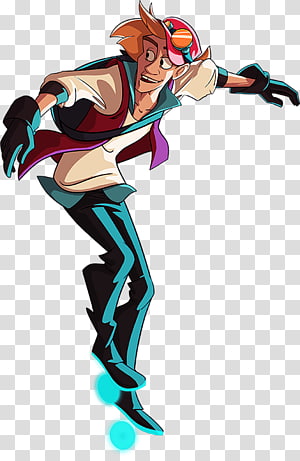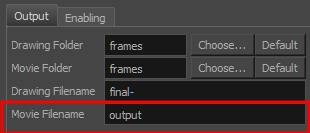

Second: production phase Key animation First: background paintingĪfter finishing the background layout process, they are forwarded to a background painter. They allow the editor to scrub back and forth across the audio file with a visual depiction of a sound wave. Modern computer software, like Audacity or SoundEdit16 have made it easier to accurately analyze dialogue. The dialogue track is analyzed, and the information is charted up onto camera exposure sheets, sometimes called 'dope sheets' or 'camera charts', as a guide for the animator. The sound film is driven by hand back and forth over a magnetic pick-up head until each part of a word can be identified.

It consisted of a large sprocketted wheel which helped set up relationships between the film and the soundtrack that was recorded to a film.

This allowed for both the image and sound to be mechanically locked together to be exported for editing on sound mixing machines.Ī device called gang synchronizer was used to precisely indicate individual components of the track. The dialogue tracks used to be transferred to an optical or a magnetic sound film, with holes that exactly match those of motion picture film. Track reading is an old technique, dating back to the late 1920s, that analyzes the sound frame by frame. The art department also sets the various colors for lighting across the animation. The color palettes are designed for each character in the animation, and also the colors of different objects, major locations and backgrounds are defined. A character that is not drawn according to its standard sheet model is called an off-model. When followed accordingly, the character will seem to be dawn by one animator. They are very effective in large scale teams, where different animators may work on the same character at different stages of the process. These sheets serve as a standard reference throughout the animation process, to preserve a consistent look and feel for each character. This process includes producing model sheets for each element of the animation, including characters, props and backgrounds, and any sort of extra visual effect.Įach model sheet is mainly made up of the final design with its proportions, and drawings of the main different poses that a character is likely to execute during the animation. Proper voice acting plays a great role in making an effective animation. It’s then passed to the animators to draw proper mouth movements that appropriately match each spoken word. Dialogue recordingĭialogue recording involves having the voice actors read lines from the script, as well recording additional sound effects.

#Toon boom harmony premium export transparent png how to#
A storyboard is basically a sketch of how to organize a story and a list of its contents in a way that resembles a comic strip. This is useful in animation, since applying edits during later production stages can get harder and more expensive. It gives a solid representation of the animation, allowing the director to asses the script and apply the necessary enhancements at this stage. The storyboard is a graphic visualization of the course of actions and events across the animation. In animation, the script focuses more on directing the visual actions, while more attention is given to the dialogue in live-action films. It plots the storyline, the shooting directions, and the dialogue. Writing down the script is the first and most important stage of any type of film production.


 0 kommentar(er)
0 kommentar(er)
